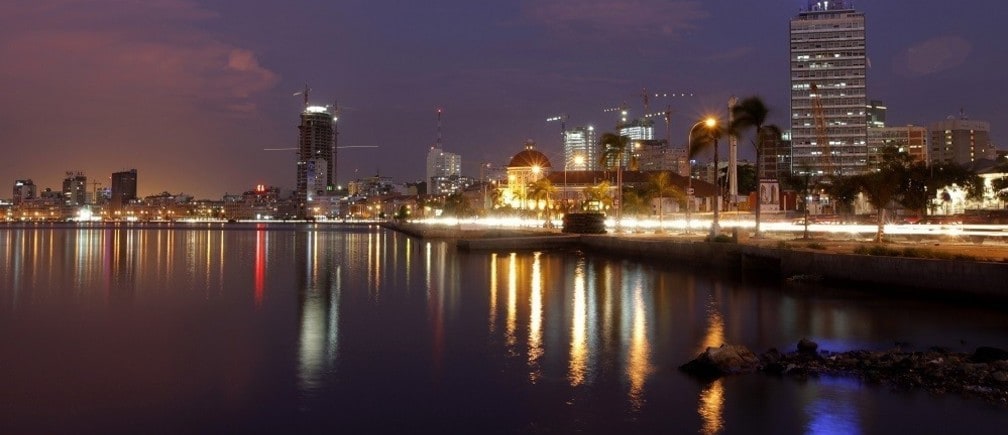How to understand African urban land markets

This article was originally published on The World Bank’s Africa Can End Poverty blog.
The difficulty of acceessing land, and a growing number of land disputes, have become major concerns in West African cities. In spite of political will expressed at the highest level of government, policymakers are often at a loss as to what can be done given the complexity and sensitivity of land market issues.
The first step toward a solution is to understand the functioning of land markets in West African cities, which are characterized by land rights pluralism. Existing studies have tended to limit their focus to formal land markets as the only option for improving land tenure security. Such a restrictive approach does not explain why 60—80 percent of city residents actually live in informal settlements where land tenure is insecure. Nor can it shed light on the challenges faced by cities in the region: uncontrolled spatial expansion; very weak tenure security of agricultural landholders in peri-urban areas and in the rural hinterland (where customary forms of tenure remain predominant); increasing scarcity of public land reserves that cannot continue to supply land for housing to accompany urban growth as in previous decades; and increased prevalence and frequency of land-related conflicts, which may induce political instability.
With these questions in mind, the book presents an analytical framework relevant for West African cities, and three main conclusions that can be drawn:
- Informal markets are actually key to accessing land; they are not anarchic
Informal land markets are essential for those who want to access land for housing, invest their savings, or make capital gains. It is also much simpler to participate in informal rather than formal land markets, and land prices are inversely correlated with the degree of tenure informality. The study also shows how a large share of the land plots ultimately traded on the formal market were initially offered for sale on the informal market. - Method matters: a systemic analysis is required to understand the linkages between different markets
In order to study the different markets and the linkages between these markets, the authors propose a new method based on a systemic analysis. Interviews with a large number of land stakeholders about their practices, combined with a comparison between the rules issued by public authorities and the actual practices, made it possible to understand the numerous transformations incurred when land is offered for sale—including those related to land tenure. The authors describe these transformations along three “land delivery channels”: customary, formal public, and private. The linkages and the competition occurring between these channels are presented in the description of the land system. This systemic view can show, for instance, how the development of the formal market—though still limited—goes hand in hand with large purchases of agricultural land in the peri-urban area of Bamako and its rural hinterland, and pushes up the price of land. A quantitative survey on a large sample of land plots transferred over the previous three years in the peri-urban areas and rural hinterland of Bamako also brings important insights into the role of the different stakeholders and makes it possible to quantify the spatial extension of markets. - The proposed method could be replicated in other West African cities
The advantage of the proposed method goes beyond the description of the land delivery system in Bamako and its large periphery. It poses an appropriate methodological framework for a detailed analysis of households’ strategies for gaining access to land and of the barriers that they face. It also helps identify the determinants of land prices, taking into account the diversity of land tenure forms that coexist. The proposed approach can thus be of great use for policy making, which requires a detailed understanding of land access mechanisms.
Beyond the specific case of Bamako, the analysis could be used in other West African cities where several sources of land rights legitimacy coexist and where a large number of stakeholders operate, irrespective of whether these stakeholders are recognized by land administrations that are often undermined by corruption and whose decisions may prove contradictory.
REFERENCE
- Durand-Lasserve, A., M. Durand-Lasserve and H. SELOD (2015) Land Delivery Systems in West African Cities. The Example of Bamako, Mali. Washington, DC: World Bank and Agence Française de Développement, 133 pages. https://openknowledge.worldbank.org/handle/10986/21613
Publication does not imply endorsement of views by the World Economic Forum.
To keep up with the Agenda subscribe to our weekly newsletter.
Authors: Alain Durand-Lasserve is currently attached to the Laboratory Les Afriques dans le Monde (LAM), a joint research center between the University of Bordeaux, the CNRS and the National Foundation for Political Sciences, France. Maÿlis Durand-Lasserve’s background is in Economics (University of Paris I). Harris Selod is a Senior Economist with the Development Research Group of the World Bank.
Image: Dusk settles over the Angolan capital, Luanda, January 23, 2010. After 30 years of bitter civil war the country is rebuilding its infrastructure on the back of record oil exports and prices. REUTERS/Mike Hutchings.
Don't miss any update on this topic
Create a free account and access your personalized content collection with our latest publications and analyses.
License and Republishing
World Economic Forum articles may be republished in accordance with the Creative Commons Attribution-NonCommercial-NoDerivatives 4.0 International Public License, and in accordance with our Terms of Use.
The views expressed in this article are those of the author alone and not the World Economic Forum.
Forum Stories newsletter
Bringing you weekly curated insights and analysis on the global issues that matter.